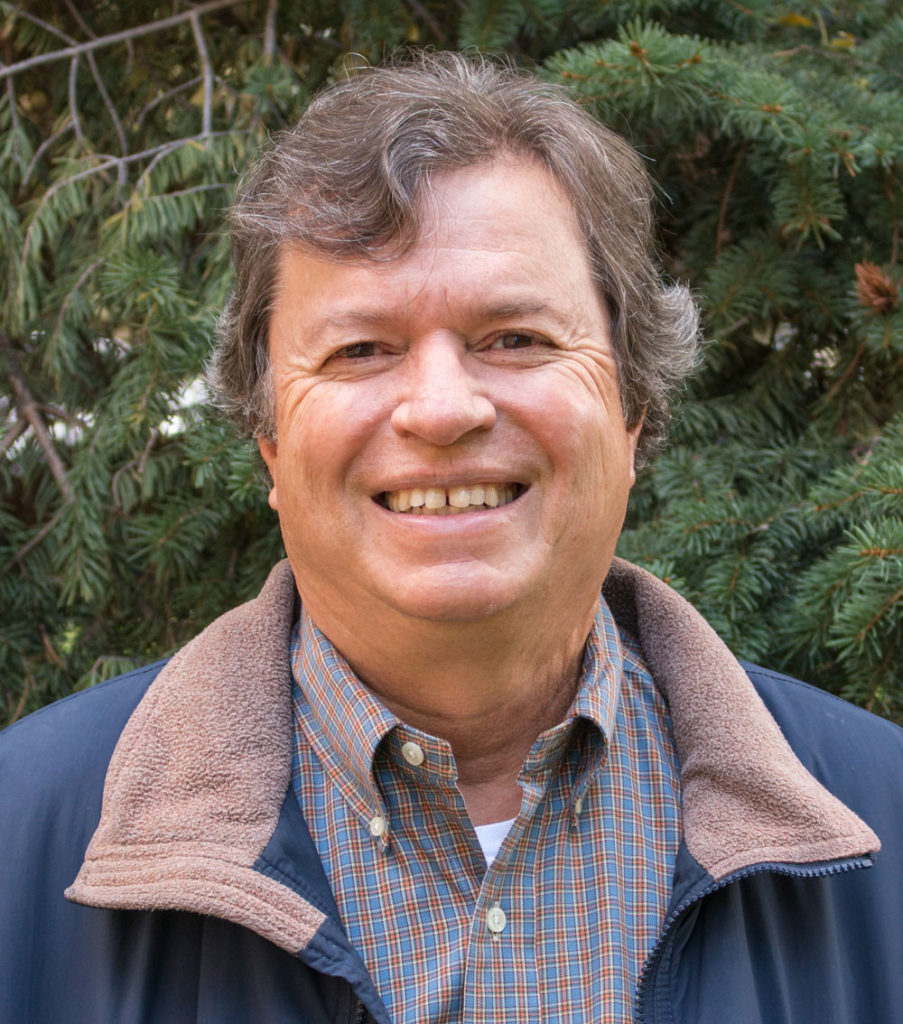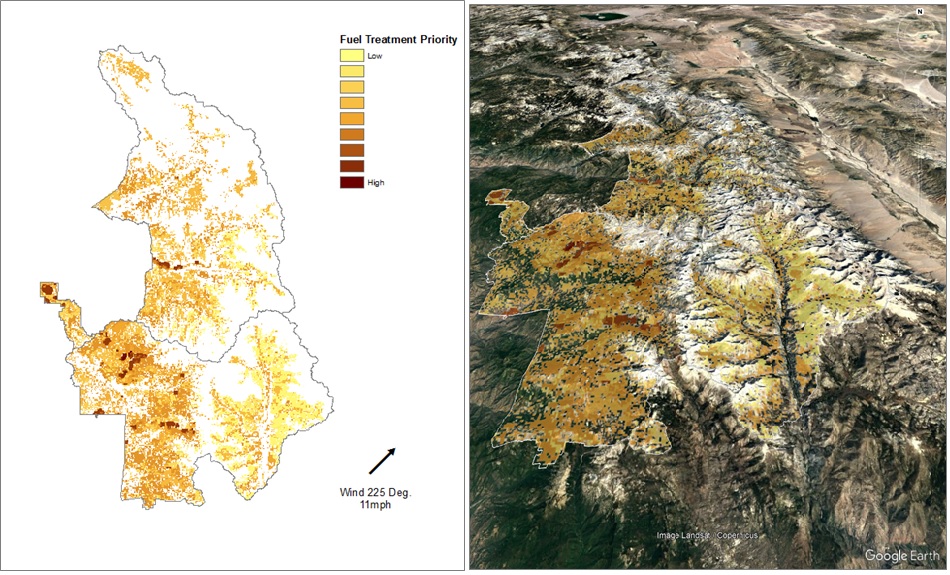
Doug Rideout will be retiring from Colorado State University this spring. He has spent his whole life dedicated to forestry personally and then professionally at this university. Rideout launched right into every opportunity that would contribute to the emerging and critical natural resource field of wildfire economics.
How did your interest in forestry begin?
Born on a remote island community in between Russia and Alaska, our home was surrounded by forest and six miles from the nearest road. My father was a teacher, and his first job was teaching the indigenous peoples in our small community.
Like anyone who has ever visited Alaska, I was always stunned by the grandness and magnificence of the landscape.
Studying forestry in college was a natural fit. I spent my summers restoring forests in the Cascade Mountains of Washington and on the Olympic peninsula. Pursuing it as an academic profession after getting my Ph.D. in in Forest Management and Economics from the University of Washington was my goal.
What was your first year like at CSU?
I was hired as an instructor at CSU in 1980 to teach forest economics. I didn’t have any materials given to me, so I invented the course while trying to teach it. I was then hired on as an assistant professor. I remember being one of the youngest faculty members on campus at the time.
That first summer, the Dean connected me with the U.S. Forest Service Pacific Northwest Experimental Station where I analyzed supplies across southeast Alaska. I had climbed Mt. McKinley two years prior to getting my CSU position, so I came back to a place of comfort. I toured from Ketchikan to Juneau to Haines learning everything about timber inventory and the timber industry to write a report about that state’s economy.
How did your expertise evolve during your tenure?
I became involved in national-scale forest economics policy early on. This was at a time when timber in Colorado was being sold below cost. I wrote articles and testified before Congress, establishing a national presence for the Intermountain timber program I was involved with during the ‘80s. Commercializing timber programs out west wasn’t working so in the ‘90s the land management emphasis began switching to fire management and outdoor recreation. For me that meant getting involved in fire economics when some of the funding resources moved from timber to fire initiatives.
CSU had already been known as a hotbed of fire expertise. This was even before a lot of funding was prevalent for this type of research. I collaborated with other fire management faculty at CSU and professionals around the west, and since the mid-‘90s the National Fire Plan has injected money into research on fire operations and management. This provided the ability to build a fire economics program within our academic department.
My interest quickly became instrumental in building federal interagency fire programs. We began getting visibility and recognition for building our program with new technologies that incorporated GIS and computer systems into the science. This hadn’t been previously available for this type of work. This became really exciting and drove my direction for the rest of my career.

How has technology changed approaches to wildfire management?
Technology has helped change people’s ability to see fire programs. At first, all the analytical information was focused on individual fires. Advanced technology and broader economic science took it to a tactical level so that we can now analyze broad landscapes at national, state and forest scales. We brought the fire culture forward into a more strategic viewing of the fire world.
In the ‘80s people were just beginning to recognize that fire was providing beneficial aspects to the landscape, but the culture of fire management was still naïve and couldn’t incorporate the ecological aspects of the landscape yet. I call it a paradigm shift in land management: the values we began incorporating through technology were more ecosystem related. There was still come commercial value, but we had much better approaches to incorporating non-market values of fire in the ecosystem into decision making.
This intertwined the ecology and economics with synergy where both are much better off working together than separately.
What have you appreciated about CSU as your career home?
It’s been great watching generations of students come through and see all the different ways they approach knowledge, communication and technology. The students are always keeping me on my toes. They’re exciting to be around and interact with. I’ve challenged them vigorously to think about economics and trade-offs especially when it’s difficult to do so.
Because of where CSU is positioned in terms of natural resources, it has helped foster a view of economic analysis and policy at a national scale. At the get go, I was thrown into this national arena of policy and staying at that level was an advantage to my work and its application at the international level.